Snoring is estimated to affect around 4 in 10 adult males and as many as 3 in 10 adult females. The sound of snoring is caused by vibration of the soft palate at the back of the throat. During sleep, the muscles which keep the airways open tend to relax and lose tone, causing airways to become narrower and vibrate more. Taken to its extreme, this blocking of the airways can be complete, resulting in Obstructive Sleep Apnoea (OSA). The airways can be completely blocked hundreds of times a night, resulting in frequent semi-waking. Sleep apnoea can lead to significant health problems including fatigue, high blood pressure and heart rhythm abnormalities.
Why do some people snore like a freight train, while others sleep like a peaceful baby? There are a number of different factors which can cause snoring. Poor muscle tone in the tongue and throat is an important factor, and alcohol and some medications can lead to this excessive relaxation of muscles. Being unable to breathe through your nose properly while you sleep can also cause mouth-breathing and snoring. If you have sinus problems, allergies or hayfever, treating these issues may well help improve your snoring.
Sometimes the soft palate (the area of soft tissue attached to the back of the roof of the mouth) is abnormally swollen, floppy or too long. If you are an overweight snorer, your first line of “self-help” involves losing weight! Excessive weight can make the throat bulkier and put extra pressure on the breathing passages.
The low down on sleep apnoea
Sleep apnoea is a frequently undiagnosed cause of much ill health, exhaustion and mood disturbance. It affects up to 4% of men, with middle-aged males having the greatest incidence of around 10%. Symptoms of sleep apnoea include:
- Fatigue
- Falling asleep easily during the day
- Loss of libido and impotence
- Weight gain – fatigue caused by OSA stimulates appetite in an attempt to boost energy levels
- Frequent night urination
- High blood pressure and heart arrhythmias
- Morning headache
- Memory loss and irritability.
The first solution for OSA is always lifestyle change, including weight loss, restriction of alcohol and stopping or reducing medication such as tranquilisers or sleeping tablets. Dental appliances can be used to hold the tongue and jaw in a position to keep the airways open in mild OSA. More serious conditions may require the use of a Continuous Positive Airways Pressure device (CPAP). A mask is fitted over the nose and attached to the machine by a tube which delivers low pressure air into the airways, helping to keep the airways open during sleep.
Prevention and treatment
1. Self-help measures
Try to lose weight; avoid alcohol (at least late at night); raise the head of the bed a few inches; sleep on your side (try sewing a ball in the back of your pyjama top to stop you from rolling onto your back while you sleep); keep your nose clear with a little menthol or eucalyptus oil on your chest or on the pillow; humidify the air in your bedroom at night.
2. Anti-snoring gadgets
These have a varying degree of success. Nasal strips are two flexible, disposable, spring-like pieces which gently pull congested nasal passages open. There are a wide range of sprays, inhalants and nasal drops designed to alleviate snoring, but in most cases they have limited efficacy. Silicone mouth guards work by holding the tongue forward by gentle suction, preventing it from falling back and blocking the throat during sleep.
3. Surgery for snorers
There are several different surgical solutions for snoring, but generally they are a last resort. If the soft palate is too floppy, a hardening agent can be injected into it, causing scarring which stiffens the soft palate. Sometimes a laser is used to burn a small area of the soft palate, shrinking the tissue and increasing the size of the airways. If snoring is caused by enlarged tonsils or adenoids, these may be removed to create more space in the airways. If a deviated septum causes snoring, this can be surgically straightened, and any polyps removed from the nasal passages, with keyhole surgery. Sometimes the uvula (the bit of tissue that dangles down at the back of your throat) can be surgically removed along with part of the soft palate. This is more complex surgery involving a general anaesthetic and a short stay in hospital.
4. Diagnosis
Sleep apnoea is diagnosed by an overnight assessment in a sleep laboratory or by using an at-home sleep apnea test which is a portable breathing monitor worn overnight. It is treated very successfully by CPAP (continuous positive airways pressure). This works by the use of a small blower unit attached to a nasal mask or mouthpiece.
5. Commitment to the task
CPAP requires motivation but committed users are delighted with their improved quality of life.






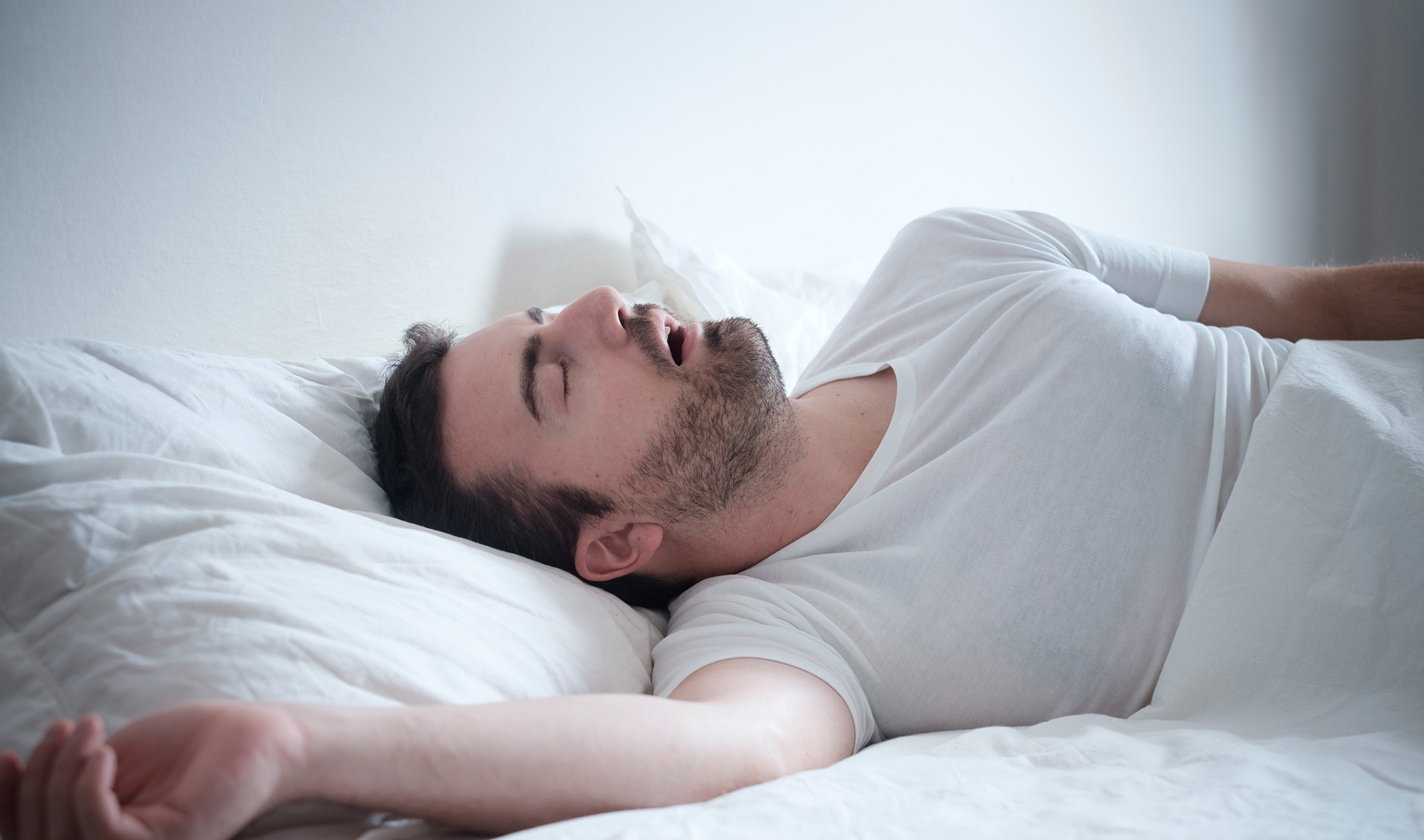
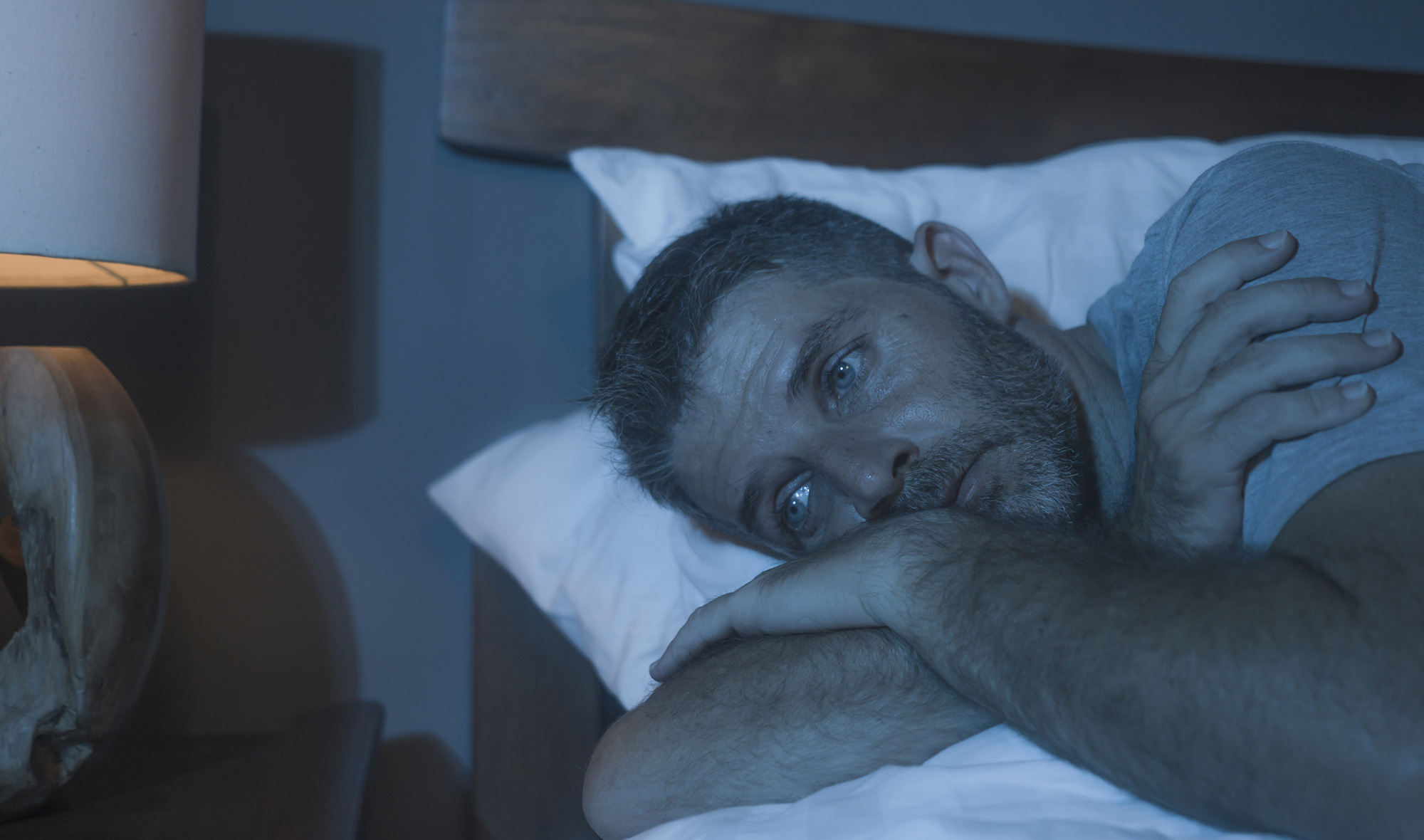
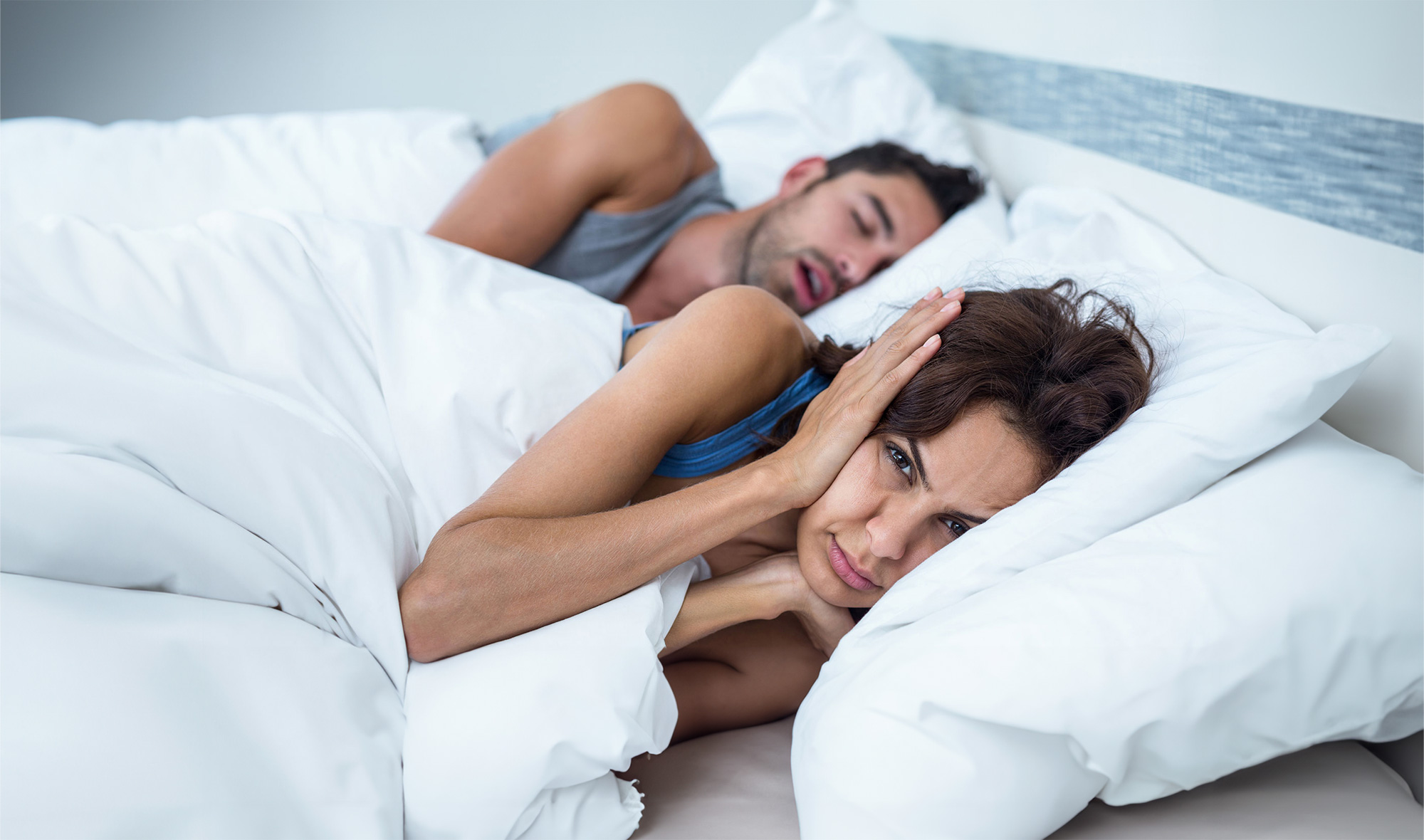
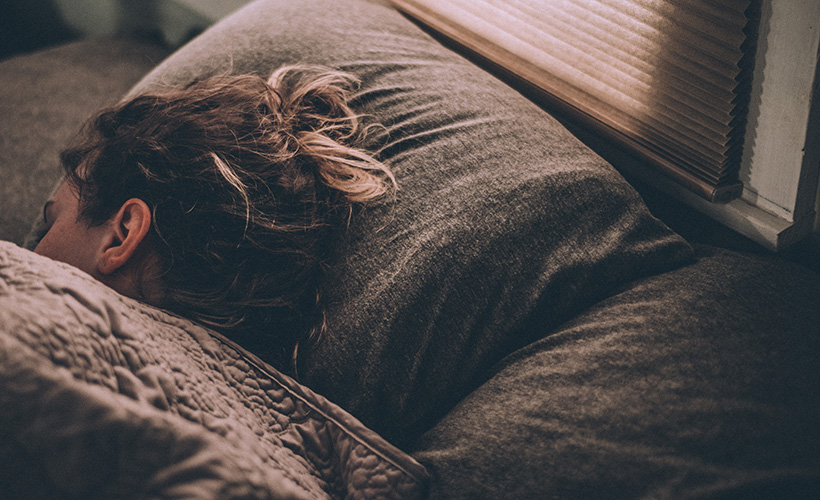
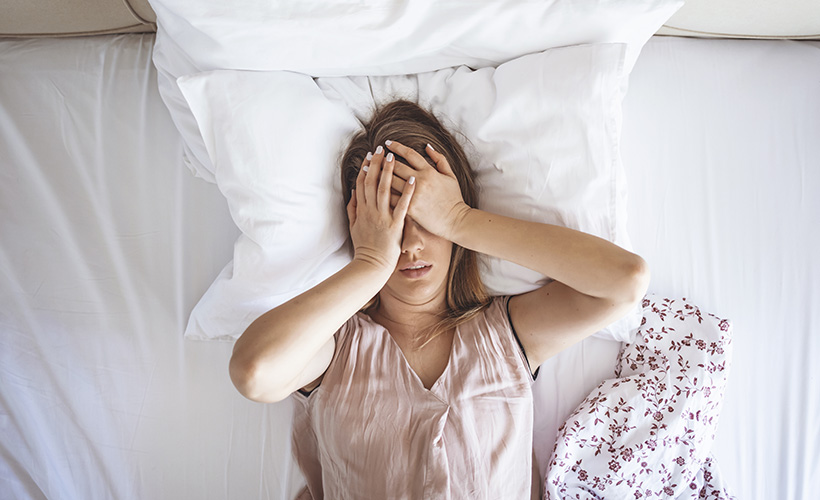


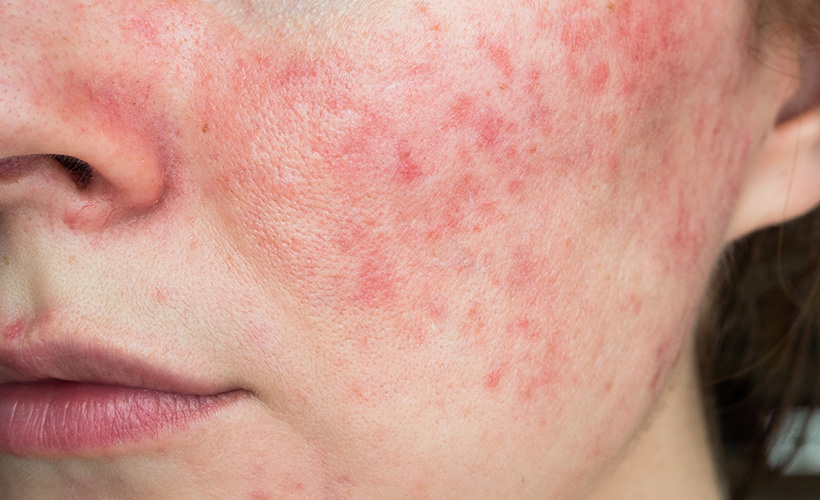
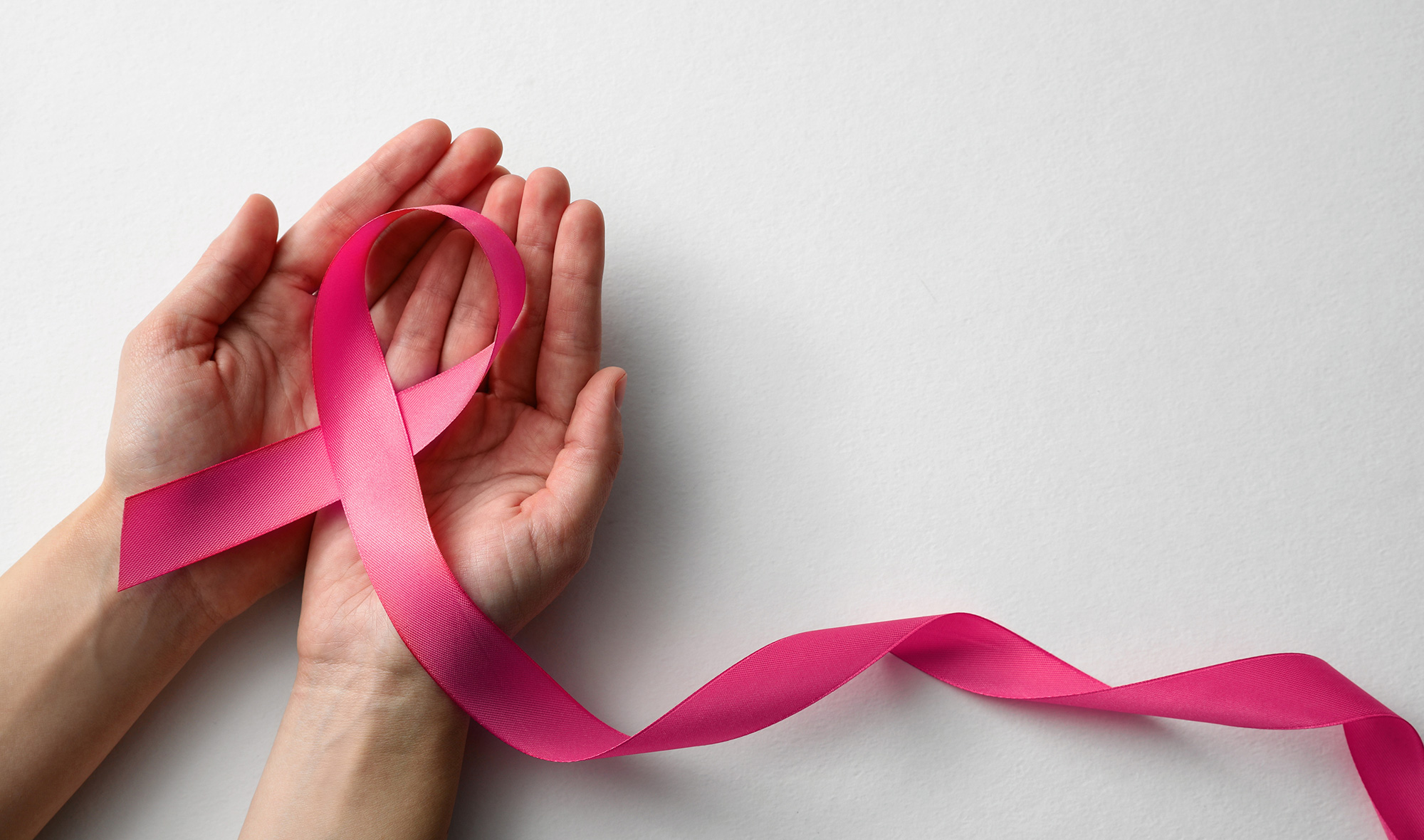
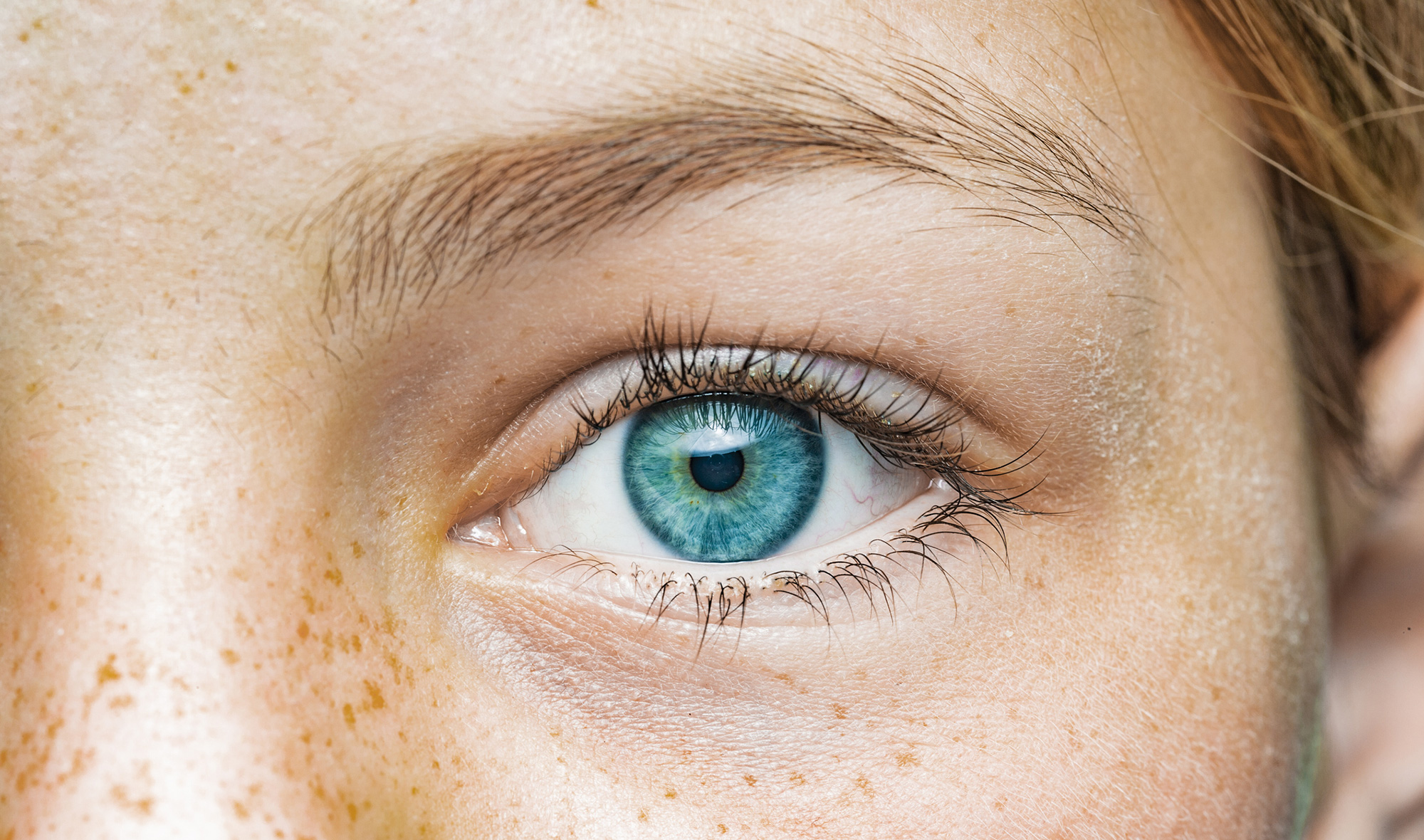

Community